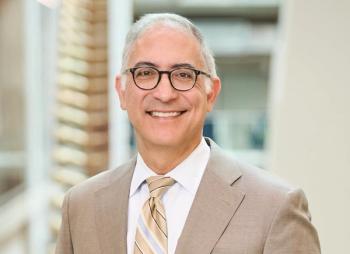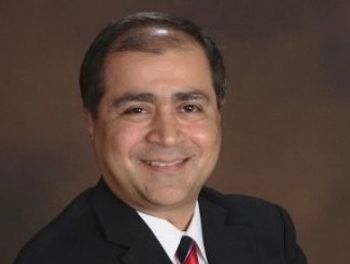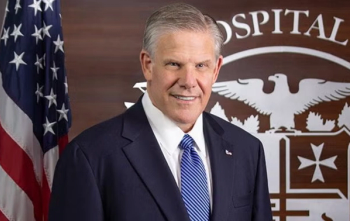
Strategies for the $50B rural health fund
The federal government’s new program is aimed at transforming care in rural communities. Patricia Boozang of Manatt Health talks about potential keys to success.
States and health systems only have days to finish putting together their applications for the federal government’s new $50 billion Rural Health Transformation Program.
The program was created in
The $50 billion will be distributed over five years. Half of the money is being divided evenly between all the states with approved applications, while states can make pitches to the Centers for Medicare & Medicaid Services for the remaining $25 billion.
Hospitals and health systems are working with states to craft proposals to improve rural health.
Patricia Boozang, senior managing director at Manatt Health, talked with Chief Healthcare Executive® about the program and what the government may be seeking in applications.
Sustainability
Boozang says that states going in with a focus on sustainability will have an edge.
“I think that sustainability feature will be a really important aspect of a winning application,” she says.
“This is not a grant program,” Boozang says. “This is a program to make investments that seed transformation that will really significantly advance access and quality in rural areas, and that can be sustained over time.”
Speaking in an address to Sanford Health’s rural health summit earlier this month, Oz said that the program isn’t designed to help hospitals pay their bills. Applicants should keep that in mind.
“I think the administration has signaled that this is not funding to go to rural hospitals to keep the lights on,” Boozang says.
Partnership
States and health systems may also improve their chances by focusing on partnerships.
“I think that the administration wants to see some partnership, some more sort of hub-and-spoke, urban facilities, academic medical centers partnering with rural facilities, certainly on care delivery … but I think also on operational infrastructure and efficiency,” Boozang says. “I think that's another thing that the administration's likely looking for.”
Oz has said he sees more room for collaboration between rural hospitals and larger health systems.
Innovation
Applicants may have better luck on proposals centered on innovation, Boozang says.
“I think especially deploying technology-enabled innovation, really trying to lift up rural providers in terms of their access and ability to invest in technology-enabled care models … I think that is going to be a theme and a watch word,” she says.
Applicants looking at funding to help advance technology capabilities, including AI-powered solutions, may also have success.
The administration has expressed enthusiasm for expansion of telehealth services, which could expand access in rural communities, Boozang says.
Rural workforce
When Oz spoke to hospital leaders at Sanford Health’s rural health summit, he acknowledged the difficulties rural health systems face in finding and keeping doctors and nurses.
States could craft programs aimed at meeting those workforce challenges, he said.
“States could also apply for funding to help train more nurses and doctors locally, regionally, so they'll stay in those areas and make those jobs a better quality experience, when they’ll stay there and live their lives there,” he said.
Prevention
Health Secretary Robert F. Kennedy Jr. has repeatedly said he wants to see more investments in keeping people healthy, rather than treating people when they are sick, and this is an area where even some of Kennedy’s critics concur.
Boozang says that may be a sound approach in applications for funds in the rural health program. States could be scored on areas such as addressing food deserts or regulating food dyes, she said.
Maternal health
Boozang sees potential in support of mobile maternal care units, including “mobile services that can get out to rural communities.” She also said there could be support for investing in workforce initiatives to train more midwives and doulas.
Stay focused
States may have better chances for success with applications focused on specific areas, and Boozang says a focused proposal may be a good idea.
Providers shouldn’t necessarily ask for “everything and the kitchen sink,” she says.
“I also think there should be some measured approach,” she says.
States and health systems have to be able to deliver on their plans, Boozang says. So she says they should be asking themselves, “What are my strengths as an institution? What unique role can I play related to this transformation journey?”







































